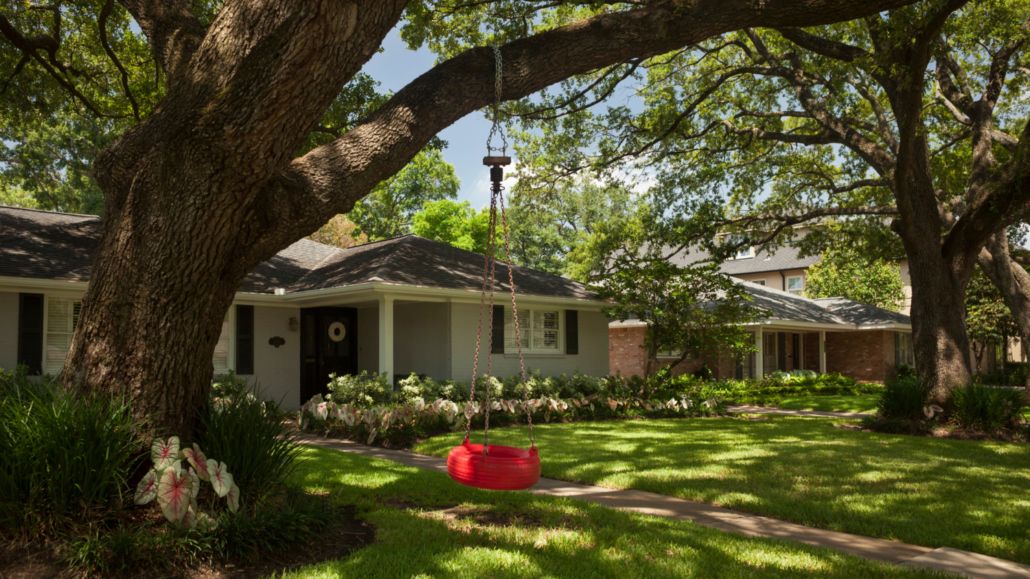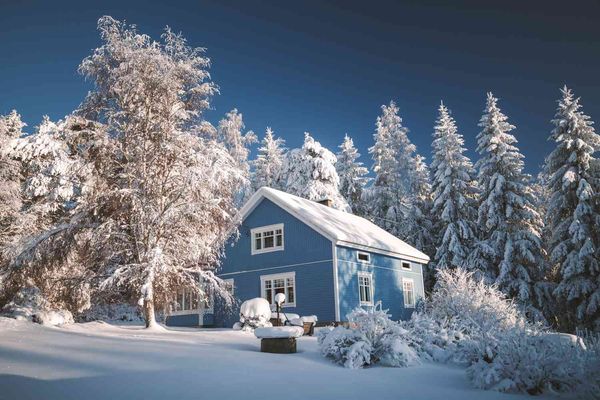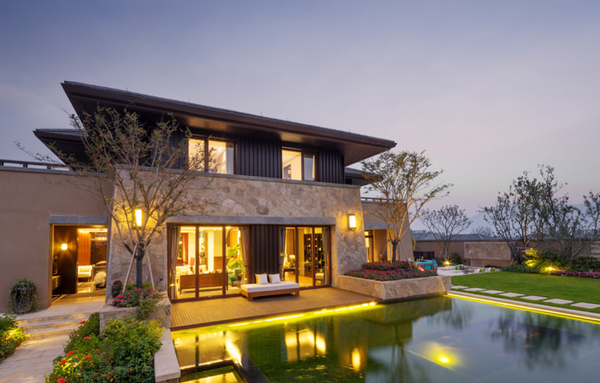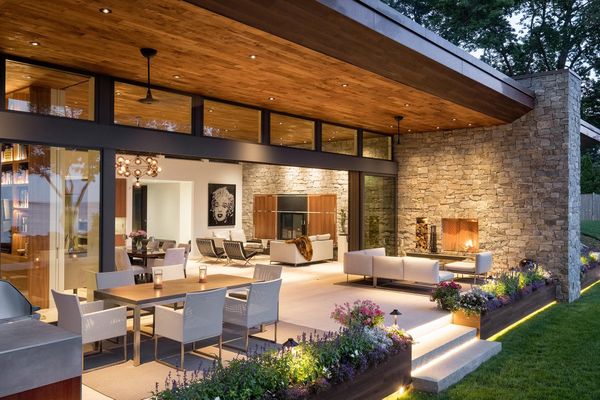Today, where energy conservation is becoming increasingly crucial, making your home more energy-efficient is a smart move.
Not only does it help reduce your carbon footprint, but it also saves you money in the long run.
In this blog post, we'll explore 15 practical and easy ways to transform your home into an energy-efficient oasis.
1. Upgrade Your Lighting
One of the simplest ways to enhance your home's energy efficiency is by switching to LED bulbs. LED lighting consumes significantly less energy than traditional incandescent bulbs and lasts much longer. Plus, they're available in various styles and color temperatures, allowing you to customize your lighting to suit your preferences.

2. Unplug Unused Electronics
Electronics and appliances in standby mode continue to consume energy, known as "phantom power." Unplugging devices when they're not in use or using smart power strips can prevent this unnecessary energy drain.
3. Seal Air Leaks
Drafty windows and doors can lead to increased heating and cooling costs. To combat this, seal any gaps or cracks with weatherstripping or caulk. Proper insulation can make a significant difference in maintaining a comfortable indoor temperature.
4. Invest in Energy-Efficient Appliances
When it's time to replace appliances, opt for energy-efficient models. Look for the ENERGY STAR label, which indicates that the appliance meets specific energy efficiency standards. Energy-efficient appliances not only reduce your energy bills but also contribute to a more sustainable environment.
5. Upgrade Your Thermostat
A programmable thermostat allows you to set specific temperature levels for different times of the day. This way, you can reduce heating or cooling when you're not at home or when you're asleep, helping you save on energy costs.
6. Maintain Your HVAC System
Regular maintenance of your heating, ventilation, and air conditioning (HVAC) system can improve its efficiency. Clean or replace air filters, and have a professional service your system annually to ensure it runs smoothly.
7. Use Natural Light
Maximize natural light during the day to reduce the need for artificial lighting. Consider installing reflective window films to prevent heat gain during hot months and heat loss during cold months.

8. Upgrade Your Windows
If your budget allows, consider replacing old, single-pane windows with energy-efficient double or triple-pane windows. These windows provide better insulation and can help regulate indoor temperatures more effectively.
9. Opt for Energy-Efficient Water Heating
Water heating is a significant contributor to your energy bill. Insulate your water heater and consider replacing it with a tankless or solar water heater to reduce energy consumption.
10. Plant Shade Trees
Strategically planting shade trees around your home can help reduce the heat absorbed by your house during the summer. This simple landscaping technique can decrease the need for air conditioning.

11. Install a Ceiling Fan
Ceiling fans are an energy-efficient way to improve comfort in your home. They help distribute air, making it feel cooler in the summer and warmer in the winter, reducing the load on your HVAC system.
12. Reduce Water Usage
Use water-saving fixtures in your home, such as low-flow toilets and showerheads. Fix any water leaks promptly, as dripping faucets and running toilets waste both water and the energy required to heat it.
13. Cook Efficiently
When cooking, use lids on pots and pans, match the size of the burner to the pot, and cook with flat-bottomed cookware. These practices can save energy and make meal preparation more efficient.
14. Insulate Your Attic
Proper attic insulation can prevent heat from escaping during the winter and entering during the summer. This insulation not only saves energy but also maintains a more comfortable indoor climate.

15. Opt for Renewable Energy Sources
Consider installing solar panels or wind turbines on your property to generate your own clean energy. Many regions offer incentives and tax credits for renewable energy installations.
Conclusion:
Making your home more energy-efficient is a worthwhile endeavor that benefits both the environment and your wallet.
By implementing these straightforward tips and making smart choices, you can create a more sustainable and comfortable living space while reducing your energy bills.
Start today and enjoy the rewards of a greener, more cost-effective home.








